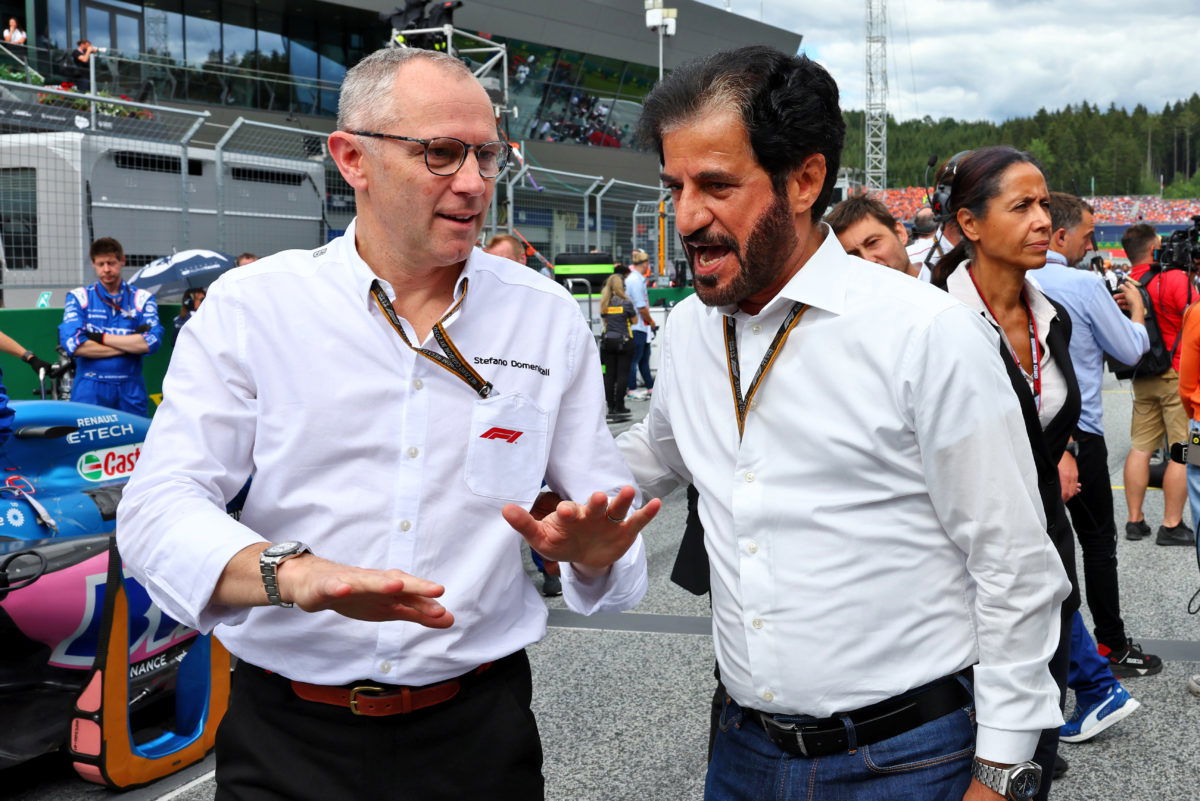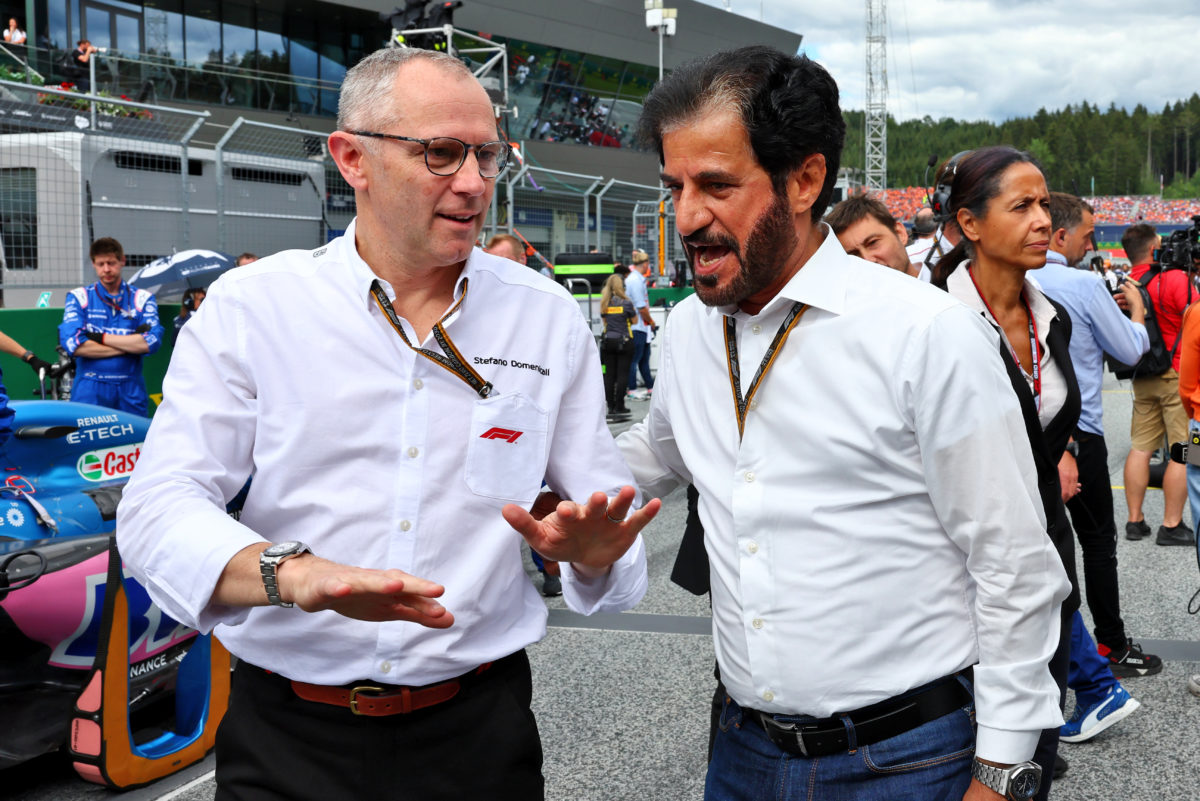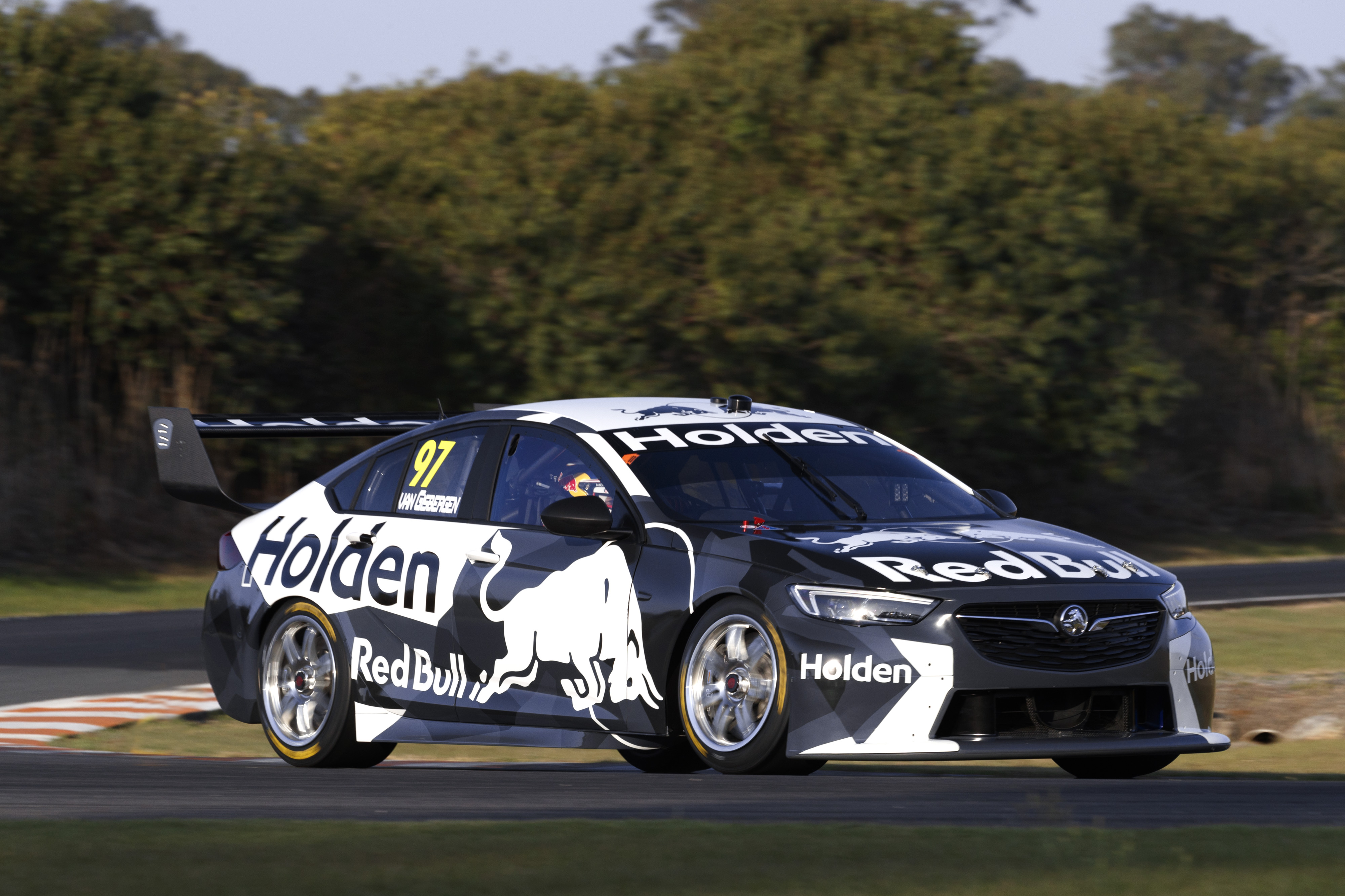

F1 and the FIA have rubberstamped changes to the sprint weekend schedule that takes place with immediate effect from the upcoming Azerbaijan Grand Prix.
The changes have been voted through unanimously by the F1 Commission, and subsequently by the World Motor Sport Council.
Following a one-hour practice session on Friday, the evening qualifying session – that used to set the grid for the Saturday afternoon sprint – will now provide the line-up for Sunday’s grand prix.
Saturday now becomes a standalone sprint day, with an additional qualifying session – to be known as the sprint shootout – replacing second practice and setting the grid for the sprint. Previously, the grand prix grid was set by the sprint result.
Saturday sprint qualifying will run to a shortened timetable compared to the main qualifying programme which incorporates 18-, 15- and 12-minute sessions.
Designed to add a greater degree of jeopardy, the sprint shootout will have 12-, 10- and eight-minute sessions. New medium tyres will be used in Q1 and Q2, with new softs for Q3.
F1 sought changes after it became evident FP2 had turned into nothing more than a tyre evaluation session given the cars were under parc fermé conditions after Friday’s qualifying.
Since their introduction in 2021, the sprints themselves have also been hit-and-miss affairs, predominantly due to the fact that bar the opening lap, drivers often avoided taking risks to ensure they did not compromise their grand prix grid slot.
It is now hoped that with the sprint no longer having any carryover effect into the grand prix, drivers will be more ambitious when it comes to making overtaking moves.
A joint statement from F1 and the FIA read: “Following discussion at the F1 Commission meeting in February, clear objectives were set by the FIA, Formula 1 and the teams to investigate how the sprint format could be improved to increase the level of intensity on-track across the weekend.
“Following this mandate, the sport’s Advisory Committee and key Formula 1 stakeholders returned a series of recommendations targeting a sprint format that exists separately within a grand prix weekend and does not result in the sprint setting the grid for Sunday’s main event, delivering more ‘jeopardy’ through a reduction in practice time and providing a greater incentive to drivers to race hard on Saturday.
“The sprint will therefore become a standalone element, with a qualifying session – to be called sprint shootout – to determine the grid for the sprint, which will carry the same points system as last season.
“The outcome of the sprint will therefore no longer determine the grid for the grand prix, with qualifying for the grand prix taking place on Friday.”
Whilst the 10 team principals set the ball in motion by agreeing to the changes in a meeting on the Sunday morning of the Australian Grand Prix weekend, there is a degree of nervousness going into this weekend’s schedule in Baku.
It is the first time a sprint will take place at a street circuit, and with an additional qualifying session and race, there is more risk in play that could have consequences for the remainder of the weekend and the following Sunday’s race in Miami.
In terms of penalties across the weekend, the following has been determined:
- A grid penalty incurred in P1 or qualifying will apply to the race
- A grid penalty incurred in the shootout will apply to the sprint
- A grid penalty incurred in the sprint will apply to the race
- A breach of parc fermé will result in a pitlane start for the sprint AND race
- PU penalties will only apply to the race (unless they are also a parc fermé breach)
With regard to the PU, for this year only, the Commission has agreed to increase the number of power unit elements allowed per car – internal combustion engine, turbocharger, MGU-H and MGU-K – from three to four.




















Discussion about this post